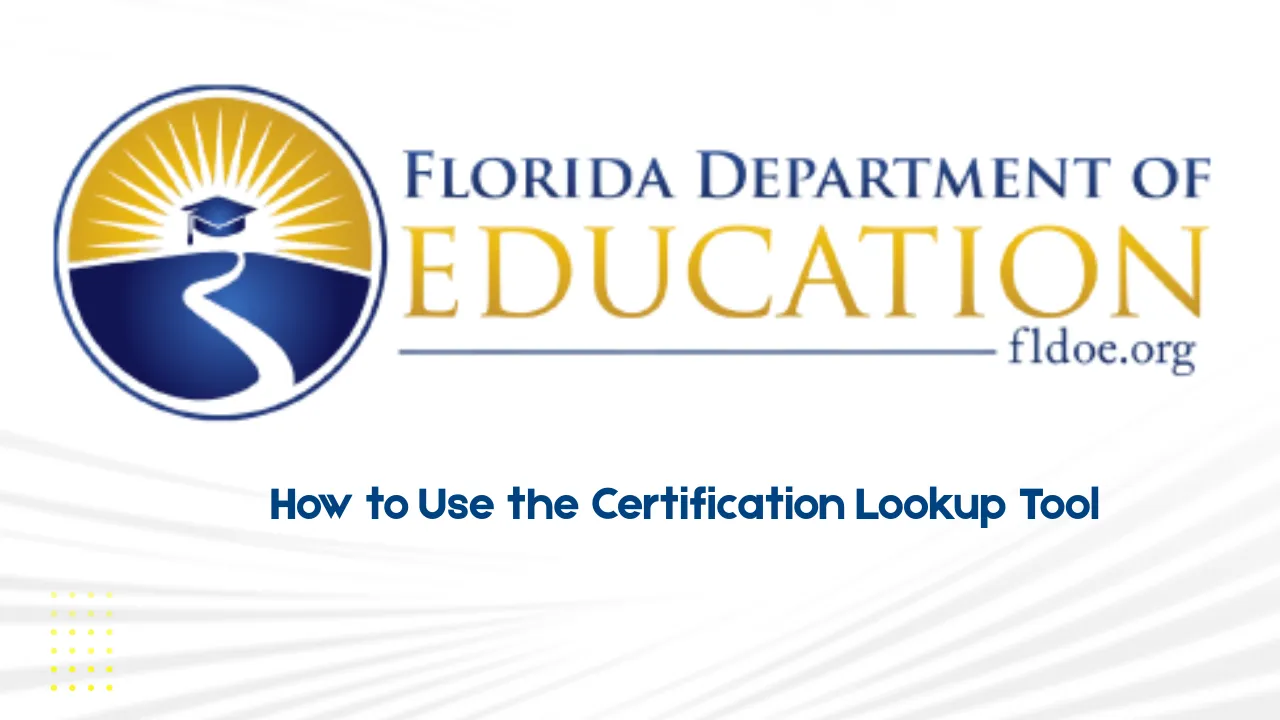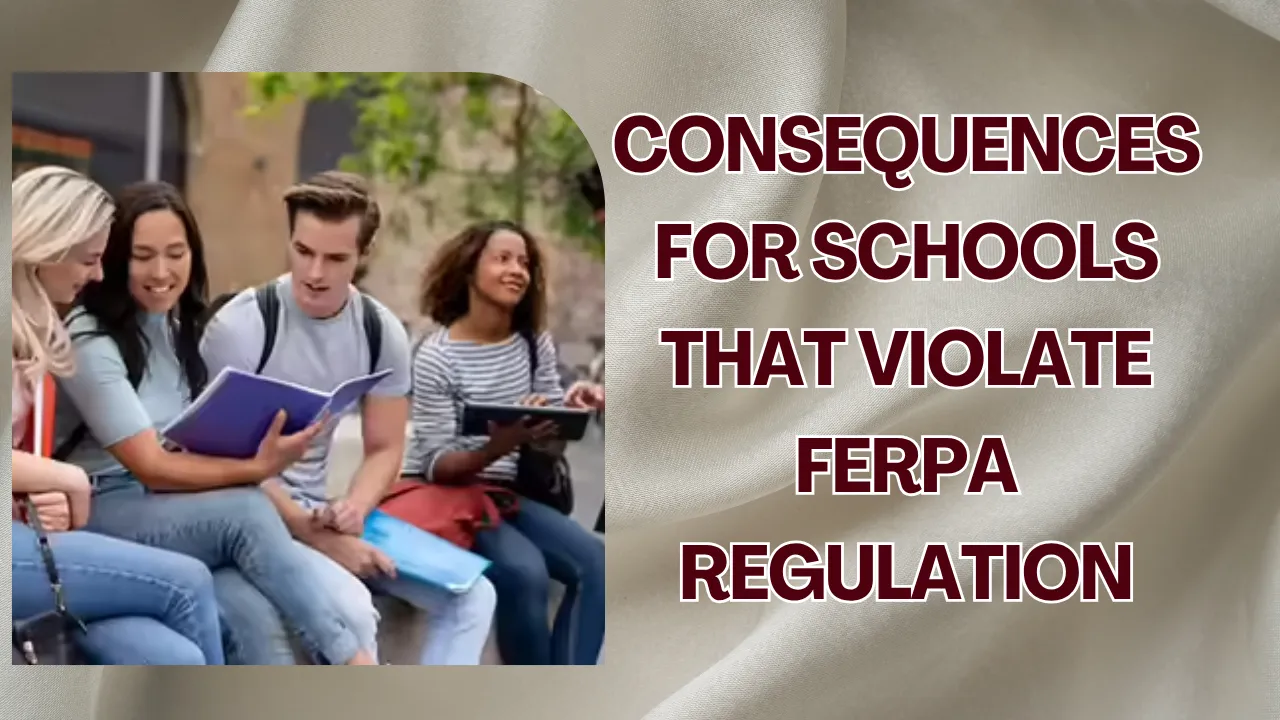Board of Education vs. Department of Education: Education in the United States involves different layers of oversight, each with unique responsibilities. When people mention “Board of Education” and “Department of Education,” they’re often referring to two distinct entities. Though both are involved in education policy, their reach and influence vary significantly—and understanding their roles can clarify who makes your child’s curriculum decisions, how federal funding flows, and who ensures schools follow civil rights laws.
The contrast between the Board of Education vs. Department of Education centers on scope and function. A school board often handles local governance and school districts, setting curriculum standards and responding to community needs. By contrast, a Department of Education—at state or federal levels—manages federal oversight, allocates funding, and enforces laws. Though they work in harmony, each plays a unique role in shaping student experiences and outcomes.
Board of Education vs. Department of Education
The key distinction in the Board of Education vs. Department of Education comparison lies in their scope and responsibilities. A Board of Education operates at the local or regional level, focusing on setting school district policies, approving curricula, and addressing community-specific educational needs. Its members are often elected and work closely with parents, teachers, and students. In contrast, a Department of Education functions at the state or national level, overseeing broader education systems. It implements policy, manages funding, and enforces regulations such as civil rights laws. While boards make decisions that directly impact classrooms, departments provide the framework, resources, and compliance oversight necessary to guide those decisions. Both play crucial roles in shaping public education, but from different ends—local execution versus systemic support. Understanding this difference helps clarify who does what in the U.S. education system.
Board of Education vs. Department of Education: An Overview
| Feature | Board of Education | Department of Education |
| Scope | Local or regional school districts | State or federal government |
| Primary Role | Sets policies, curricular choices, and uniforms for local schools | Implements statewide education initiatives and national directives |
| Governance Type | Elected or appointed officials in school districts | Professional agency staff and appointed leadership |
| Key Responsibilities | Curriculum, local budgeting, teacher hiring, school improvement | Funding mechanisms, civil rights enforcement, data collection |
| Examples | City school boards, county boards | State education agency, U.S. Department of Education |
Understanding the Board of Education
A Board of Education typically operates within a single school district or city. Its members, often elected by local residents, make day-to-day decisions that directly affect schools. Here are their core responsibilities:
- Curriculum oversight: Boards approve textbooks, set graduation criteria, and align instruction with state standards.
- Budget control: They allocate funding mechanisms for local priorities, like special education or school safety.
- Hiring authority: School boards often appoint superintendents and approve staffing and salaries.
- Facility and policy decisions: Boards decide on school zoning, discipline policies, and transportation options.
Because board members are embedded in their communities, they respond quickly to local needs or concerns—ranging from trimming budgets to adding a new STEM program. Their decisions have immediate impact on student life.
What the Department of Education Does
State Departments and the federal Department of Education provide broader governance and resources. They serve as the framework for many local decisions:
- Funding allocation: State education agencies distribute both state and federal funds (like Title I) using formulas that prioritize equity.
- Policy implementation: They carry out statewide initiatives, such as teacher certification rules or digital learning programs.
- Civil rights enforcement: Agencies ensure non-discrimination in compliance with Title VI, Title IX, and IDEA.
- Data oversight: Departments collect information on student achievement and retention, using metrics to shape policy.
- Federal law enforcement: The U.S. Department of Education enforces national civil rights legislation and manages federal funding like Pell Grants and student loans.
Although less visible than local boards, Departments of Education significantly impact student outcomes. They also manage resources, technical assistance, and emergency aid (e.g., after a natural disaster).
Historical Context and Evolving Roles
The federal Department of Education became an official Cabinet-level agency in 1979. Its primary goal was to foster equal education for all, especially underserved communities—an extension of the Civil Rights Movement. While the early U.S. Department of Education (established in the 1860s) was mainly a statistical office, today’s department is central to education policy, federal oversight, and funding mechanisms.
Over time, Boards of Education have remained the touchpoint for families and teachers. These boards enact local policy, but they rely on state or federal departments for funding, program guidelines, and civil rights enforcement.
Collaboration and Interdependence
Despite their distinct roles, Boards of Education and Departments of Education often work hand-in-hand:
- Departments issue curriculum frameworks → Boards select materials and strategies aligned with them.
- Federal funds flow to the Department → State agencies distribute to Boards via grants and allocations.
- Civil rights regulations are created federally → Departments monitor compliance → Boards enforce policies locally.
This synergy ensures a balanced education ecosystem—one where national goals and local needs both shape the student experience.
Why the Distinction Matters
Understanding the contrast between the Board of Education vs. Department of Education matters for several reasons:
- Who to contact: Parents should approach school boards for class size concerns, but turn to Departments of Education for statewide testing questions or funding issues.
- Policy implications: Shifts at the federal level influence grant availability, federal funding, or desegregation enforcement. Local boards can then tailor those shifts to community needs.
- Legal leverage: Complaints about discrimination often start with local boards but escalate to state or federal Departments if unresolved.
FAQs
1. Can a school board override a state education policy?
No. Boards can customize local policy within allowed ranges, but they must comply with the Department of Education’s minimum standards and regulations.
2. This division seems confusing; why not have just one authority?
Each level serves unique needs. Local boards tailor to their community’s culture and goals. Departments ensure broader consistency, equity, and resource distribution.
3. Who handles student loan forgiveness programs?
The federal Department of Education manages these programs, including Pell Grants, federal loans, and policies like forgiveness or income-driven repayment.
4. How do civil rights policies get enforced in schools?
Federal Departments set civil rights laws (like Title IX). State agencies monitor local compliance, and Boards implement policies and handle complaints on the ground.
5. Does the Department of Education control teacher licensing?
Usually, state education agencies handle certification and licensing. The federal Department sets general standards but the day-to-day is managed locally.
Final Thought
The distinction between the Board of Education vs. Department of Education reveals a partnership essential to American schooling. Boards address local priorities—like classroom resources and community involvement—while Departments ensure fair funding, overarching policy consistency, and legal protections. When these two bodies collaborate well, communities thrive with quality schools and equitable student opportunities.
If this breakdown helped you navigate educational structures, share it with other parents or educators. Want to know who governs your local schools—or where funds originate? Visit your school board website, connect with your state Department of Education, and stay informed. Together, we can make education serve every student, every day.

















